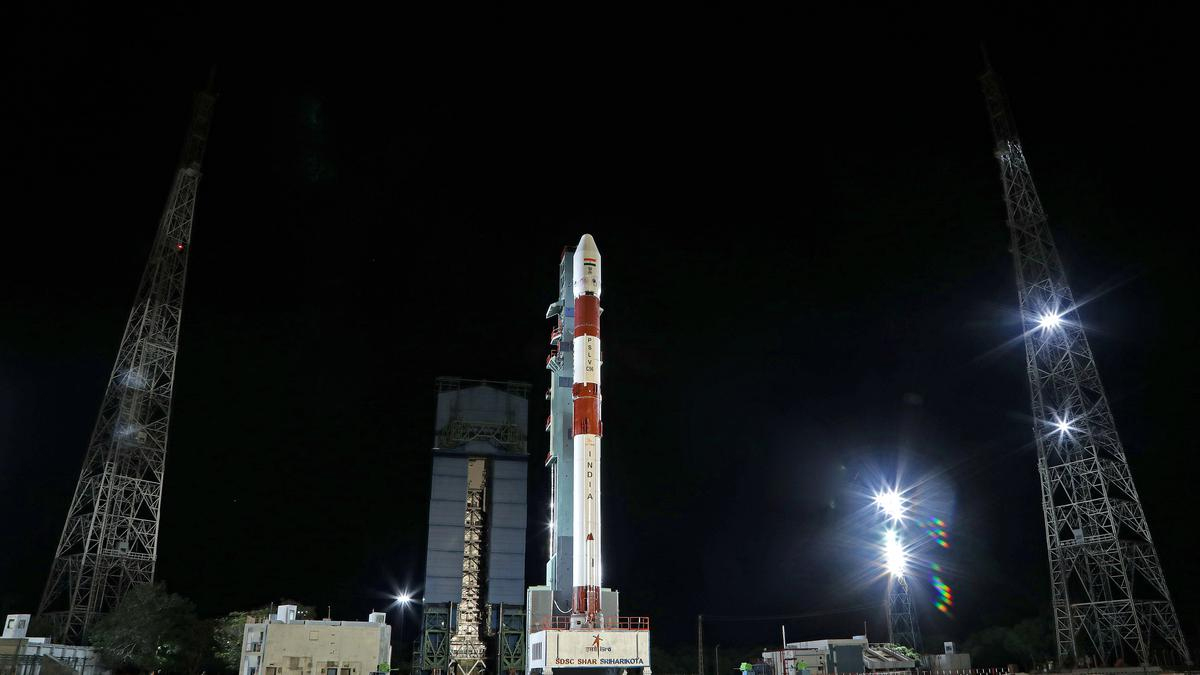Another big day for India, as ISRO successfully launched its ambitious solar mission, Aditya-L1, marking another historic achievement following the recent success of the Chandrayaan-3 lunar expedition. This mission represents the PSLV’s “longest flight,” lasting approximately 63 minutes. Aditya-L1 is a significant endeavour as it is the first space-based observatory designed to study the universe. The spacecraft will journey a million and a half kilometres from Earth to reach its destination: a halo orbit around Lagrangian point L1, the closest point to the Sun. The mission is a complex endeavour with several distinct phases. It commences with the spacecraft being positioned in a low-earth orbit, followed by a subsequent transition to a more elongated elliptical orbit. The entirety of this mission, from launch to reaching L1, is estimated to span about four months, including experimentation work.
Several experiments planned for studying the sun’s atmosphere and radiation on the Aditya-L1 mission are groundbreaking and unprecedented. The mission will transmit over 1440 photographs daily to Earth for further analysis. It encompasses a range of objectives, including capturing images of the solar corona, photosphere, and chromospheres, studying magnetic fields, and analysing solar wind particles. Importantly, all of these experiments are facilitated by seven payloads developed entirely within India. Executing such comprehensive experiments and analyses is an extraordinary feat, requiring the highest levels of expertise. The whole duration of this mission will once again demonstrate ISRO’s excellence in launch precision, satellite positioning, and the execution of complex procedures.
The successful missions of Chandrayaan-3 and Aditya L-1 have firmly established ISRO as a premier space agency worldwide. These accomplishments will further bolster international confidence in ISRO’s capabilities, positioning India as the preferred choice for space missions. ISRO’s cost-effective approach to space exploration, coupled with its remarkable achievements, ensures a busy launch calendar. Conducting two successful missions in quick succession is a strategic move, placing ISRO in the global spotlight. These missions underscore India’s dominance in space technology and scientific research. Notably, launching satellites within tight budgets is a remarkable achievement in an industry with multi-billion-dollar costs, and ISRO excels in this regard. The revenue generated from commercial satellite launches holds significant economic importance and will support ISRO’s future technological advancements and exploration missions. Despite being one of the youngest space agencies, ISRO’s achievements rival those of organisations with decades of experience.
India has already experienced record-high temperatures, and the global trend of rising temperatures is a reality that affects regions worldwide. This mission and others like it contribute to our knowledge of the complex interactions between the Sun, Earth’s atmosphere, and climate systems. Indeed, the study of the Sun’s atmosphere and radiation through missions like Aditya-L1 holds significant importance in the context of addressing Earth’s warming and climate change. Global warming is a pressing concern, with rising temperatures having far-reaching consequences for our environment and climate patterns. The data and images collected by Aditya-L1 will provide valuable insights into the Sun’s behaviour, which plays a crucial role in influencing Earth’s climate. By analysing this information and collaborating with leading research institutes, scientists can gain a deeper understanding of the solar impact on our planet’s climate. This knowledge is essential for policymakers, scientists, and communities to develop strategies to mitigate the effects of global warming and work towards a sustainable and climate-resilient future.
ISRO’s contributions extend beyond space exploration; they also showcase India’s potential in education, research, and innovative solutions to global challenges. While Indian universities may not rank among the top hundred globally, the nation’s strong foundation in the basic sciences and research capabilities are evident. ISRO has played a crucial role in attracting global attention to India’s educational and research endeavours, offering solutions to prevalent global challenges. ISRO has started expanding its explorations. All we can say once again is, well done, ISRO !
Trending Now
E-Paper


